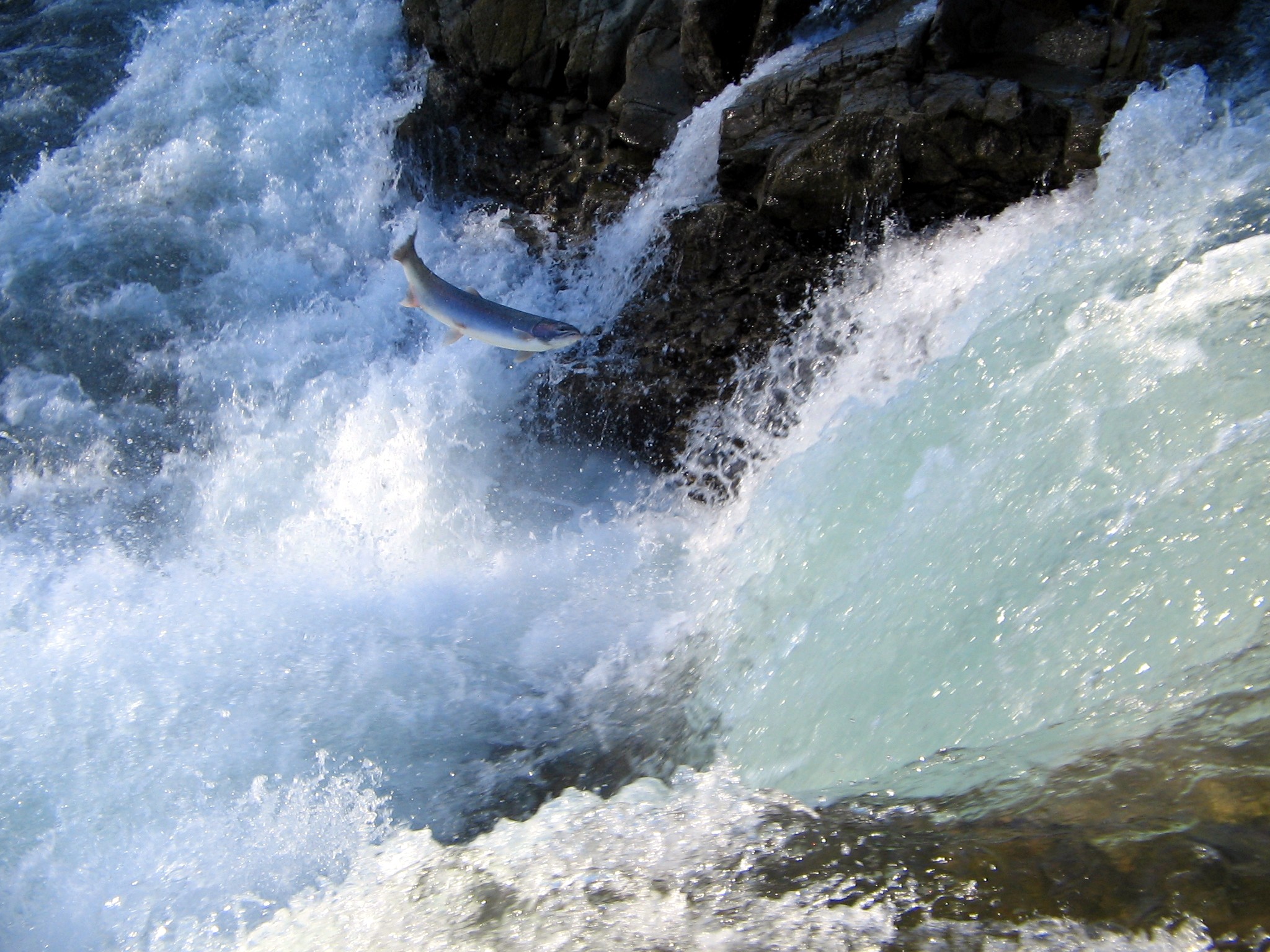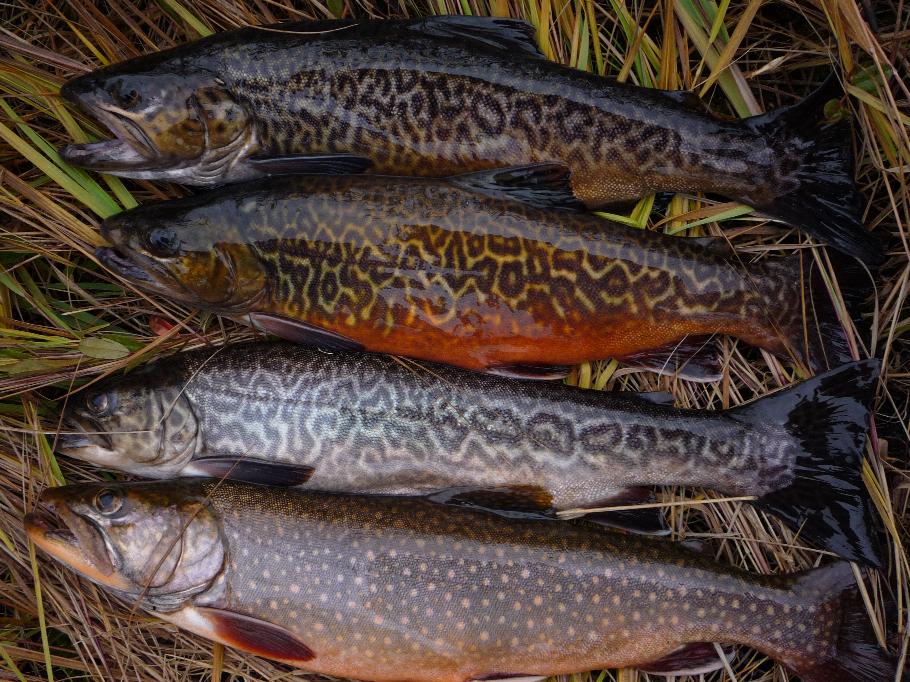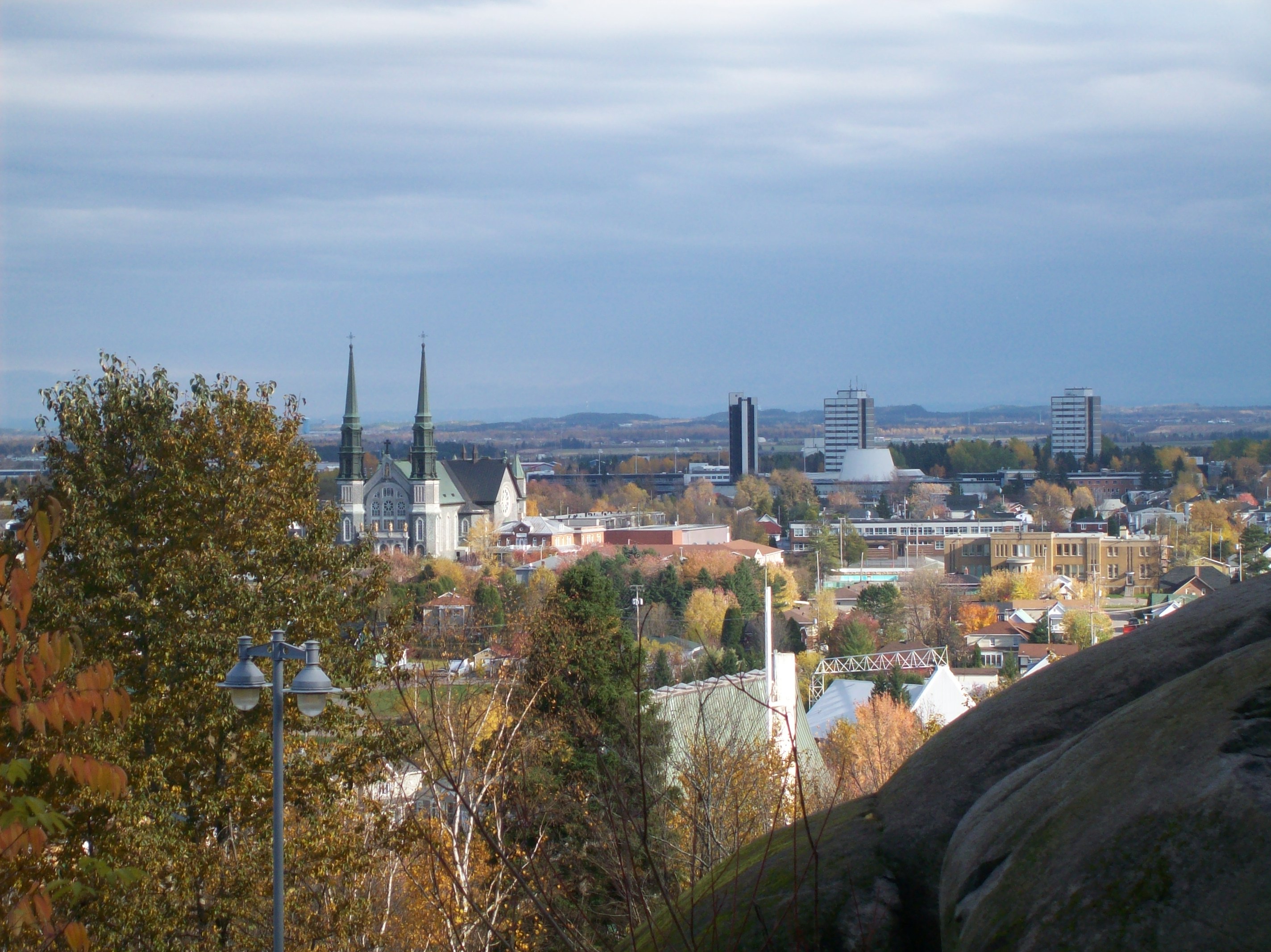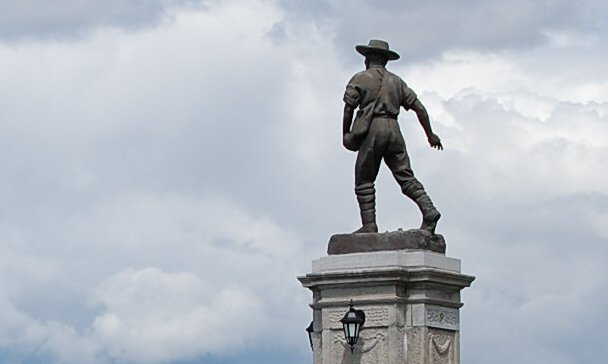|
ĂternitĂŠ River
The ĂternitĂŠ River (, meaning Eternity River) is a small stream in Quebec, Canada, which flows into Eternity Bay at Rivière-ĂternitĂŠ, in the Le Fjord-du-Saguenay Regional County Municipality, in the administrative region of SaguenayâLac-Saint-Jean. The upper part of this river crosses the zec du Lac-au-Sable, a controlled exploitation zone; the lower part crosses the Saguenay Fjord National Park, a protected natural area which is very popular with tourists. The ĂternitĂŠ river is mainly served by the route 170 (east-west direction) which passes through the village of Rivière-ĂternitĂŠ. Some other secondary forest roads serve the lake sector for forestry and recreational tourism activities. Forestry is the main economic activity in the sector; recreational tourism, second. The surface of the Eternity River is usually frozen from the end of November to the beginning of April, however the safe circulation on the ice is generally done from mid-December to the end of ... [...More Info...] [...Related Items...] OR: [Wikipedia] [Google] [Baidu] |
Quebec
Quebec is Canada's List of Canadian provinces and territories by area, largest province by area. Located in Central Canada, the province shares borders with the provinces of Ontario to the west, Newfoundland and Labrador to the northeast, New Brunswick to the southeast and a coastal border with the territory of Nunavut. In the south, it shares a border with the United States. Between 1534 and 1763, what is now Quebec was the List of French possessions and colonies, French colony of ''Canada (New France), Canada'' and was the most developed colony in New France. Following the Seven Years' War, ''Canada'' became a Territorial evolution of the British Empire#List of territories that were once a part of the British Empire, British colony, first as the Province of Quebec (1763â1791), Province of Quebec (1763â1791), then Lower Canada (1791â1841), and lastly part of the Province of Canada (1841â1867) as a result of the Lower Canada Rebellion. It was Canadian Confederation, ... [...More Info...] [...Related Items...] OR: [Wikipedia] [Google] [Baidu] |
List Of Rivers Of Quebec
This is a list of rivers of Quebec. Quebec has about: *One million lakes, of which 62279 have a toponymic designation (a name), plus 218 artificial lakes; *15228 watercourses with an official toponymic designation, including 12094 streams and 3134 rivers. Quebec has 2% of all fresh water on the planet."''Du QuĂŠbec Ă la Louisiane, sur les traces des Français d'AmĂŠrique'', GĂŠo Histoire, Hors-sĂŠrie, Ăditions Prisma, Paris, October 2006 James Bay watershed James Bay Rivers flowing into James Bay, listed from south to north * Rivière au Saumon (Baie James) * Rivière au Phoque (Baie James) * DĂŠsenclaves River * Roggan River ** Corbin River ** Anistuwach River * Kapsaouis River * Piagochioui River =Tributaries of La Grande River= =Tributaries of Rupert River= =Tributaries of Broadback River= =Tributaries of Nottaway River= Tributaries of Waswanipi River (which empties in Nottaway River via Matagami Lake) Tributaries of Bell River Quebec rivers flowing in Ontario ... [...More Info...] [...Related Items...] OR: [Wikipedia] [Google] [Baidu] |
Fish Migration
Fish migration is mass relocation by fish from one area or body of water to another. Many types of fish migrate on a regular basis, on time scales ranging from daily to annually or longer, and over distances ranging from a few metres to thousands of kilometres. Such migrations are usually done for better feeding or to reproduce, but in other cases the reasons are unclear. Fish migrations involve movements of schools of fish on a scale and duration larger than those arising during normal daily activities. Some particular types of migration are ''anadromous'', in which adult fish live in the sea and migrate into fresh water to spawn; and ''catadromous'', in which adult fish live in fresh water and migrate into salt water to spawn. Marine forage fish often make large migrations between their spawning, feeding and nursery grounds. Their movements are associated with ocean currents and with the availability of food in different areas at different times of the year. The migratory ... [...More Info...] [...Related Items...] OR: [Wikipedia] [Google] [Baidu] |
Brook Trout
The brook trout (''Salvelinus fontinalis'') is a species of freshwater fish in the char genus ''Salvelinus'' of the salmon family Salmonidae native to Eastern North America in the United States and Canada. Two ecological forms of brook trout have been recognized by the US Forest Service. One ecological form is long-lived potamodromous populations in Lake Superior known as coaster trout or coasters. The second ecological form is the short-living predaceous anadromous populations which are found in northern lakes and coastal rivers from Long Island to Hudson Bay, which are referred to as salters. In parts of its range, it is also known as the eastern brook trout, speckled trout, brook char (or charr), squaretail, brookie, or mud trout, among others. Adult coaster brook trout are capable of reaching sizes over 2'' ''feet in length and weigh up to 6.8'' ''kg (15'' ''lb), whereas adult salters average between 6 and 15'' ''inches in length and weigh between 0. ... [...More Info...] [...Related Items...] OR: [Wikipedia] [Google] [Baidu] |
Jacques-Nicolas Bellin
Jacques Nicolas Bellin (; 1703 â 21 March 1772) was a French hydrographer, geographer, and member of the French intellectual group called the philosophes. Bellin was born in Paris. He was hydrographer of France's hydrographic office, member of the ''AcadĂŠmie de Marine'' and of the Royal Society of London. Over a 50-year career, he produced many maps of particular interest to the ''Ministère de la Marine''. His maps of Canada and of French territories in North America (New France, Acadia, Louisiana) are particularly valuable. He died at Versailles. First ''Ingenieur de la Marine'' In 1721, at age 18, he was appointed hydrographer (chief cartographer) to the French Navy. In August 1741, he became the first ''IngĂŠnieur de la Marine of the DĂŠpot des cartes et plans de la Marine'' (the French Hydrographical Office) and was named Official Hydrographer of the French King. Prodigious work, high standard of excellence During his reign the Depot published a prodigious number ... [...More Info...] [...Related Items...] OR: [Wikipedia] [Google] [Baidu] |
Commission De Toponymie Du QuĂŠbec
The Commission de toponymie du QuÊbec (, ''Toponymy Commission of QuÊbec'') is the Government of QuÊbec's public body responsible for cataloging, preserving, making official and publicizing QuÊbec's place names and their origins according to the province's toponymy rules. It also provides recommendations to the government with regard to toponymic changes. Its mandate covers the namings of: * natural geographical features (lakes, rivers, mountains, etc.) * constructed features (dams, embankments, bridges, etc.) * administrative units (wildlife sanctuaries, administrative regions, parks, etc.) * inhabited areas (villages, towns, Indigenous peoples in Canada, Indian reserves, etc.) * roadways (streets, roads, boulevards, etc.) A child agency of the Office quÊbÊcois de la langue française, it was created in 1977 through jurisdiction defined in the Charter of the French Language to replace the Commission of Geography, created in 1912. See also * Toponymy * Toponym'elles * Offi ... [...More Info...] [...Related Items...] OR: [Wikipedia] [Google] [Baidu] |
Saguenay, Quebec
Saguenay ( , , ) is a city in the SaguenayâLac-Saint-Jean region of Quebec, Canada, on the Saguenay River, about north of Quebec City by overland route. It is about upriver and northwest of Tadoussac, located at the confluence with the St. Lawrence River. It was formed in 2002 by merging the cities of Chicoutimi and Jonquière and the town of La Baie, Quebec, La Baie. Chicoutimi was founded by French colonists in 1676. As of July 2021, the city had a population of 148,000 and the metropolitan area had a population of 170,000. The city of Saguenay constitutes a territory equivalent to a regional county municipality (TE); its geographical code is 941. Together with the regional county municipality of Le Fjord-du-Saguenay Regional County Municipality, Le Fjord-du-Saguenay, it forms the Census geographic units of Canada, census division (CD) of Le Saguenay-et-son-Fjord (94). The mayor of Saguenay since 2021 is Julie Dufour (politician), Julie Dufour. Prior to its use as the nam ... [...More Info...] [...Related Items...] OR: [Wikipedia] [Google] [Baidu] |
Tadoussac
Tadoussac () is a village municipality in La Haute-CĂ´te-Nord RCM (Regional County Municipality), on the north shore of the maritime section of the estuary of St. Lawrence river, in CĂ´te-Nord region, Quebec, Canada. Geography Tadoussac is located in a bay on the north shore of the lower estuary of the St. Lawrence River, at the mouth of the Saguenay River fjord. Tadoussac offers a backdrop of mountains, water, rock and greenery. The village municipality is a point of convergence between the CĂ´te-Nord, Saguenay-Lac-Saint-Jean and Charlevoix. The entire area is either rural or still in a wilderness state, with several federal and provincial natural parks and preserves nearby which protect natural resources. Tadoussac encompasses the first marine national park of Canada. The nearest urban agglomeration is Saguenay about west. History Jacques Cartier came to the site in 1535 during his second voyage. He found Innu people using it as a base for hunting seal. Late ... [...More Info...] [...Related Items...] OR: [Wikipedia] [Google] [Baidu] |
La Baie
La Baie (, ) is one of three boroughs in the city of Saguenay, Quebec, Canada. It was created during Quebec's municipal reorganization in 2002. From 1976 to 2001, it was known as the Town of La Baie, a municipality composed of the Grande-Baie, Bagotville and Port-Alfred sectors. It is located on the bank of the Ha! Ha! Bay (French: ''baie des Ha! Ha!'') at the mouths of the Ha! Ha! River (French: ''rivière Ha! Ha!'') and the Mars River (French: ''rivière à Mars''). La Baie was the first colony built in the Saguenay-Lac-St-Jean region. It was founded by the SociÊtÊ des Vingt et un who settled the area in 1838. The depth of the banks of the Ha! Ha! Bay's waterways facilitated the rapid development of the region's largest harbour facilities after the railways were built in 1910. The borough's main sources of socio-economic development have been the logging and the pulp and paper industries since the nineteenth and twentieth centuries respectively. Aluminum production ... [...More Info...] [...Related Items...] OR: [Wikipedia] [Google] [Baidu] |





